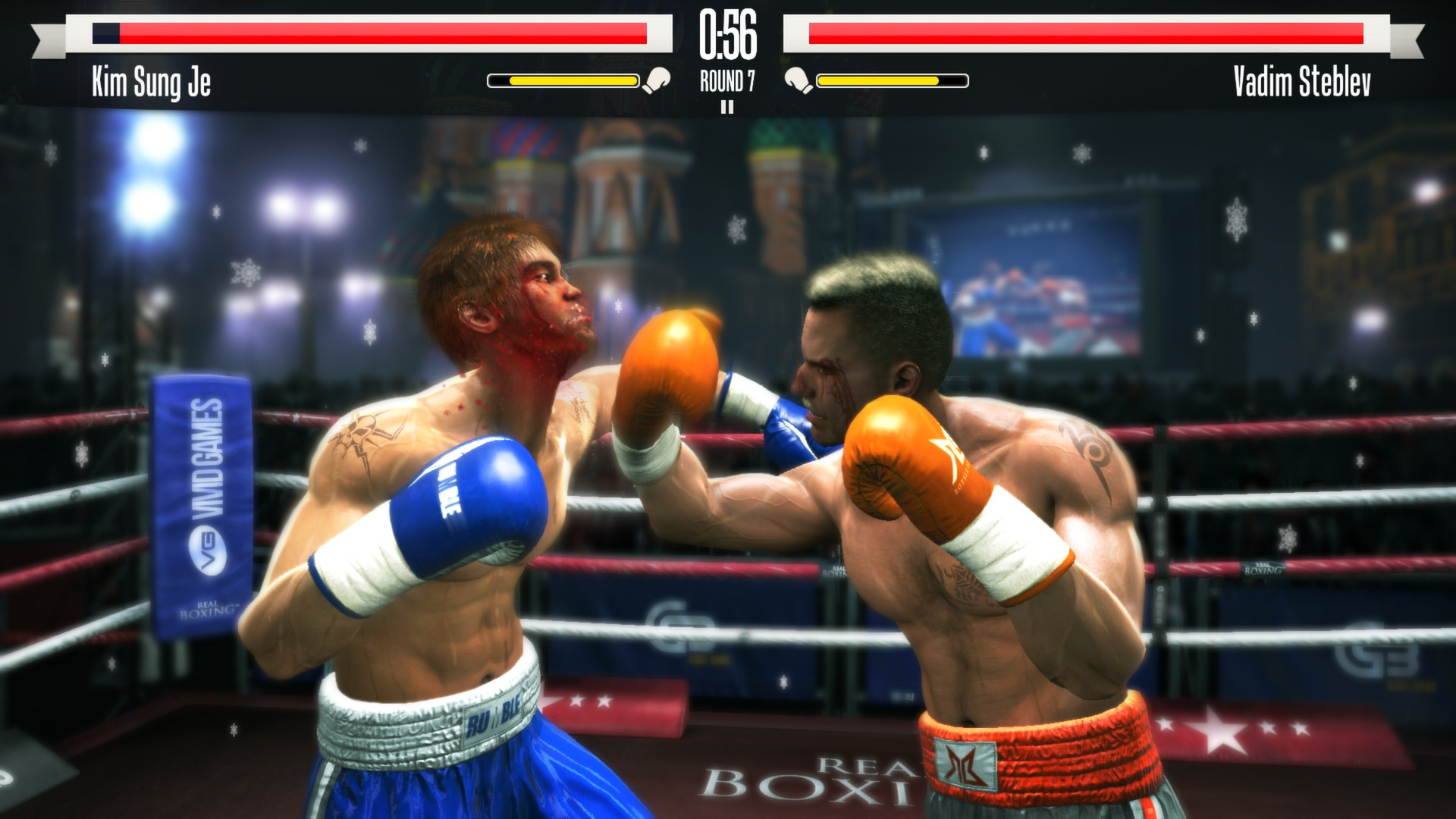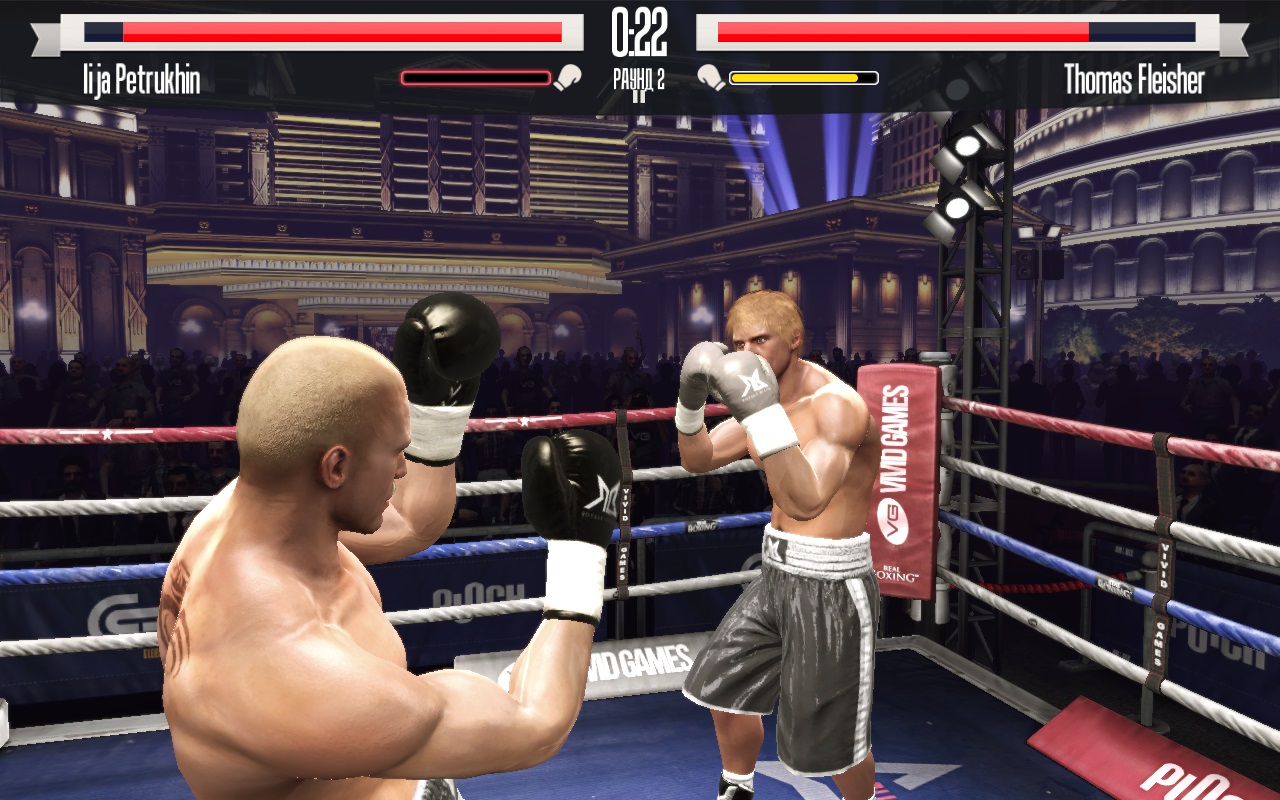

Turley’s English translation reads fluently without loosing the historical flavor of the text. With no scholarly benefit to having the Spanish text and its English translation side-by-side, separating the original and the translation provides a more readable format. In their introduction, the editors point out some inadequacies in existing transcriptions and translations, either due to poor textual copies or insufficient technical expertise. However, this Souza-Turley edition does not only offer the unpublished sections or more carefully rendered transcriptions and translations of the entire codex but also a critical apparatus consisting of (i) a comprehensive introduction, (ii) a glossary of Spanish, Portuguese, Chinese, Malay, and Tagalog terms used in the codex, and (iii) extensive footnotes in the translation providing technical information and critical explanation. Hence the codex has been often referenced with some sections translated and some illustrations reproduced especially in William Henry Scott’s Barangay (1994), that information and illustrations from these fragments have become commonplace in both scholarly and popular literature.

1/2, 1950) and subsequently shared it with various scholars. Boxer first wrote about this rare manuscript in the Journal of the Royal Asiatic Society of Great Britain (no. This manuscript currently housed in Indiana University’s Lilly Library takes its name after its previous owner, Charles Ralph Boxer, British Army officer turned historian and book collector. The illustrations, unfortunately not reproduced in color, depict people of diverse status or occupation from places discussed as well as Chinese deities and animals, both real and mythical. Among them are sections of varying length on Cagayan, Visayans, Moros, Tagalogs in the Philippines as well as on Brunei, Aceh, Patani, Siam, New Guinea, and China.

Its twenty-two sections of which five have known authors contain narratives, short captions and illustrations about places, peoples and customs. The codex consists of 612 pages-314 with texts, 97 with hand-drawn illustrations, four missing and 197 blank hence, the editors’ hypothesis regarding its unfinished state. Its editors, George Bryan Souza and Jeffrey Scott Turley, describe it as “a collection of accounts, narratives, descriptions and illustrations concerning the geography, ethnography and history of people, polities and societies in the western Pacific and major segments of maritime and continental South-east Asia and East Asia that were written in Spanish or translated from Portuguese to Spanish between 15 and complied soon after at Manila” (1). This first ever publication of the complete Boxer Codex in the original Spanish and in English translation represents a major contribution to multidisciplinary scholarship on sixteenth-century contacts between European and Asia Pacific native societies.

Whether on a keyboard, or using a controller, Real Boxing plays just as great as it looks, delivering the ultimate boxing experience on Steam.Leiden: Brill, 2016. Train your fully customizable boxer and seek glory in career mode, or duke it out with other players in a deep and satisfying local and online multiplayer modes. Featuring ultra-realistic motion capture from real boxers, with amazing graphics built using the powerful Unreal Engine, you’ll be sure to feel every hook, jab, and uppercut. Lace up your boots and grab your gloves, Real Boxing™ punches its way to PC! Real Boxing™ brings you the most exhilarating, no holds barred boxing experience ever seen on Steam.


 0 kommentar(er)
0 kommentar(er)
